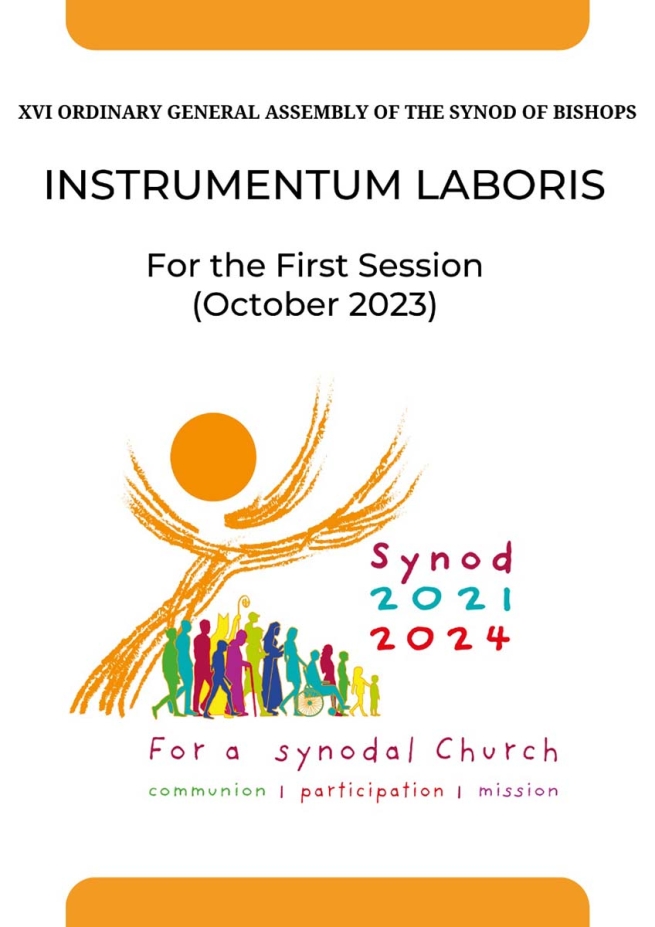“You will not find in the text a theoretical systematic explanation of synodality, but the fruit of a Church experience, of a journey in which we have all learnt more by walking together and questioning ourselves on the meaning of this experience. I can say that the IL is a text in which no one's voice is missing: that of the Holy People of God; of the Pastors, who have ensured ecclesial discernment with their participation; of the Pope, who has always accompanied us, supported us, encouraged us to move forward. The IL is also an opportunity for the entire People of God to continue the journey that has begun, and an opportunity to involve those who have not been involved so far," said Cardinal Mario Grech” ha then added.
For his part, Cardinal Jean-Claude Hollerich, S.I., Archbishop of Luxembourg and General Rapporteur of the XVI Ordinary General Assembly of the Synod of Bishops, stressed how the IL "is not a document that, after various amendments by the Synod participants, is expected to lead to a final version to be voted on at the end of the Synod. It is not a provisional answer to all the questions on synodality. Rather, it is the result of the synod process at all levels, a result that leads to many questions that the participants of the Synod of Bishops may answer. The structure of the text and the structural dynamic of the synodal assembly are intimately connected”.
Finally, Fr. Giacomo Costa, S.I., Consultor of the General Secretariat of the Synod, dwelt on the methodology of the Synodal Assembly, which is itself the fruit of the synodal process: "In a surprisingly clear manner [...] the desire emerged to continue using, for listening and discernment in common, the method of conversation in the Spirit, which has profoundly marked the consultative phase of the synodal journey". For the Consultor of the General Secretariat of the Synod, "the Synodal Assembly is called to live a spiritual process of seeking the will of God and not the dynamism of parliamentary bodies, in which debate ends with a vote that divides the majority from the minority".
For this reason, the Assembly’s work will be structured in five segments, following the dynamics of the IL. And finally, he recalled how the last segment of the work will be dedicated to gathering the fruits and formulating them into a text that makes them communicable. "This is not a conclusion. Between the two sessions, we will continue to walk together in the Churches and between Churches, to reread this experience of the People of God and to promote the necessary deepening [...] The objective of the two sessions remains to present to the Holy Father concrete proposals to grow as a synodal Church. For this reason, it is important to identify which obstacles stand in the way and to deepen those issues on which a sufficient consensus has not yet matured. The year between the two sessions will be of fundamental importance to test how these questions might be addressed and to offer further elements for the discernment of the assembly in October 2024".


